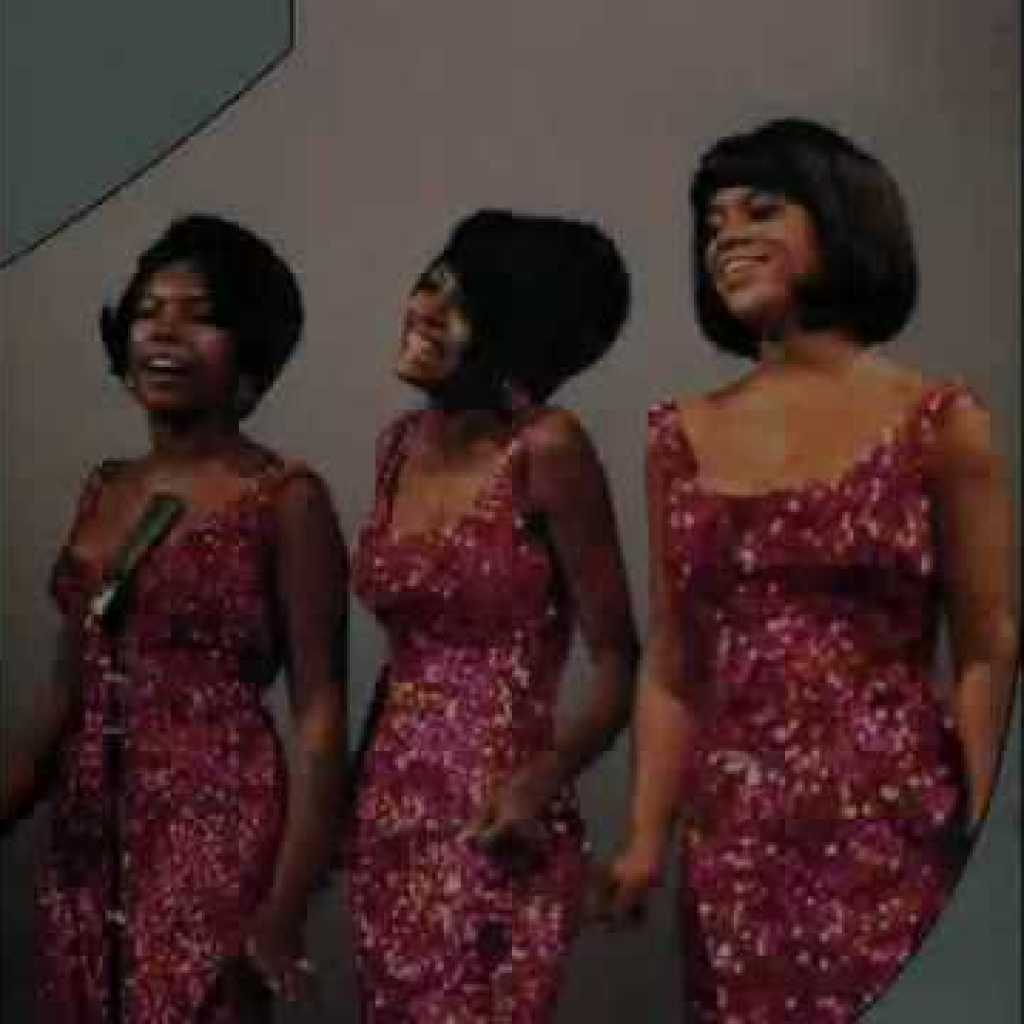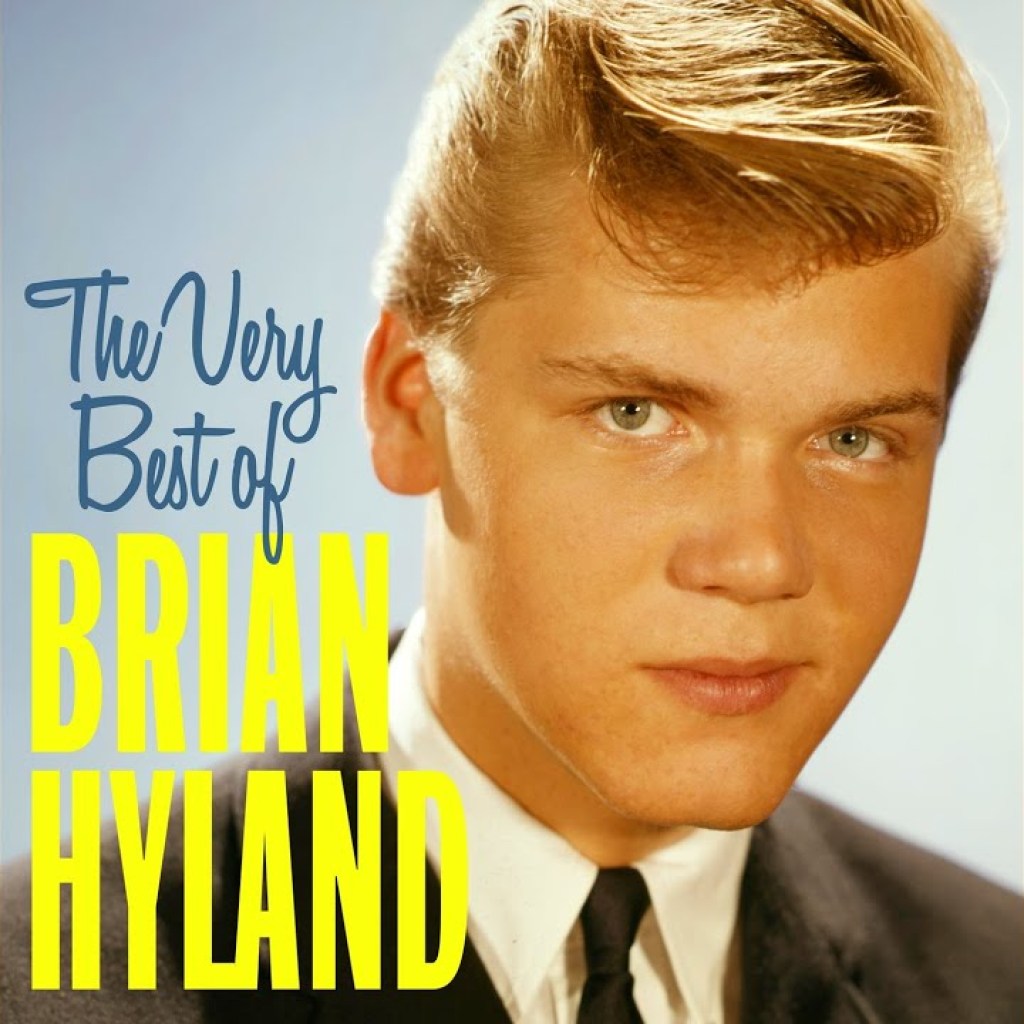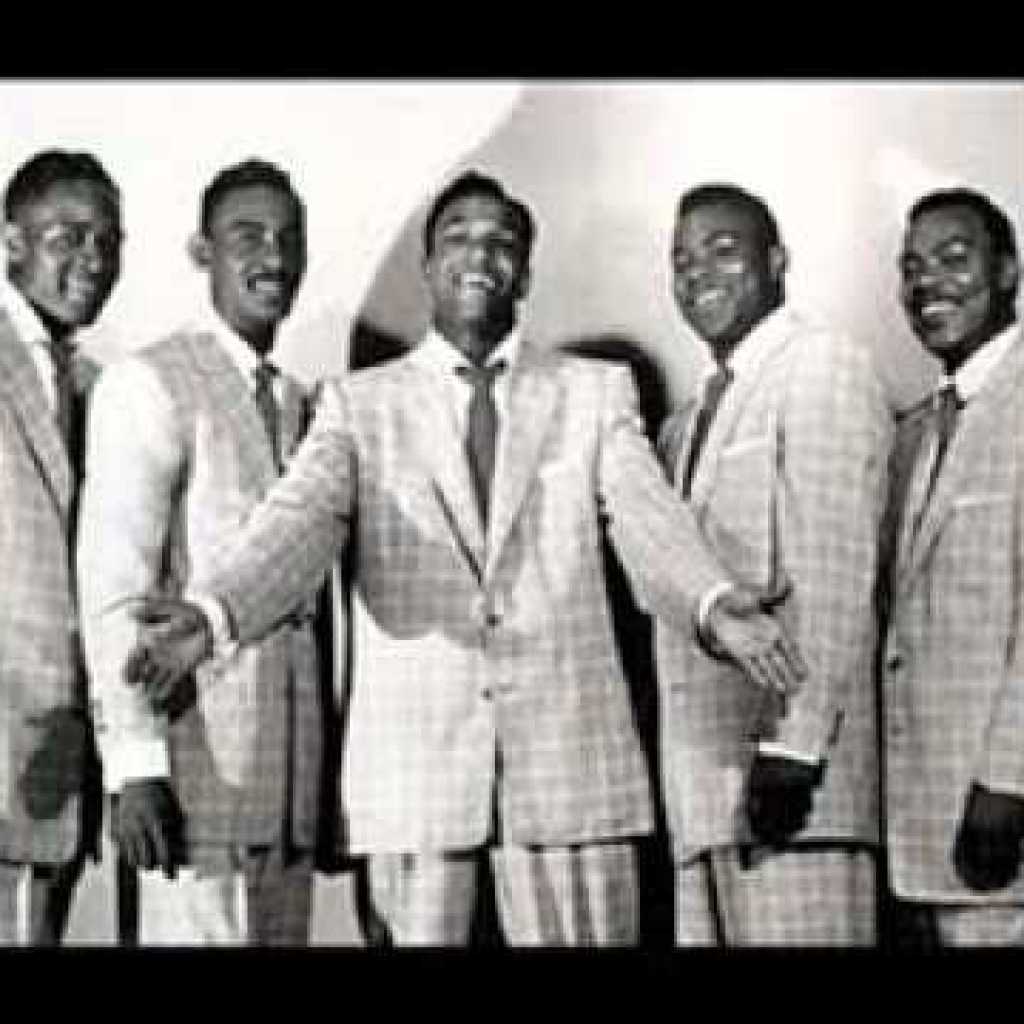8 June 2025
Ebb Tide – The Righteous Brothers (1965)
Background “Ebb Tide,” famously performed by The Righteous Brothers and released in 1965, has a history that extends beyond their iconic rendition. The song was initially composed by Robert Maxwell, with lyrics added later by Carl Sigman, and it first gained prominence as an instrumental piece in the 1950s, notably through recordings by Frank Chacksfield and also by Lenny Dee. However, it was The Righteous Brothers’ powerful and dramatic vocal interpretation that transformed the song into a pop standard and a signature track for the duo. This wasn’t simply a cover; it was a complete reinvention, taking a primarily instrumental












